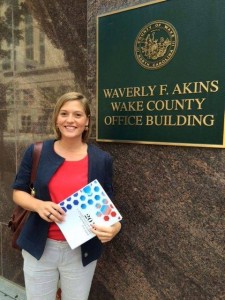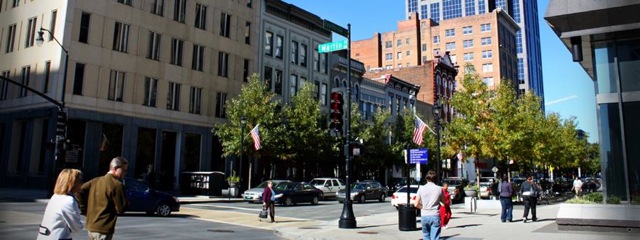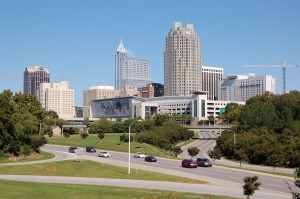Here’s a quiz: Guess where this is?
- You rarely see people walking here.
- It’s located just a few blocks from a commercial center and downtown entertainment district.
- It’s within the downtown improvement district.
- The area is huge, with lots of potential
Answer – see map
As the downtown revitalization has continued to move forward, an area like this could be expected to have attracted a lot of attention, yet developers avoid it.
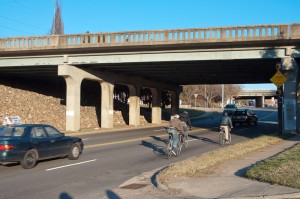
A favorable bridge redesign offers to spark redevelopment
With the bridge over Peace Street at its useful life, a forward-friendly redesign of the bridge could be a catalyst to redevelop this important area of downtown.
A design referred to as the “Square Loop” for integrating off-ramp bridge traffic would create a much needed street grid, giving a big boost to the redevelopment potential for the area. NCDOT has been working with the city for years so this new design is consistent with the approved Capital Boulevard Plan, which envisions a new destination park / waterway and brings Peace Street to a walkable urban form. Both the city and state are in favor.
With just weeks to decide, there’s a catch.
This is the catch: An alternative bridge design can be done with much less cost ($11 million) as it is basically a copy of the bridge today. The details on the two options are laid out nicely on the Raleigh Connoisseur blog.
The city has the opportunity to select the “Square Loop” bridge design, identified by NCDOT as the P5 alternative, but with construction of the bridge planned to start in just two years, the design must to be finalized soon.
Decision must be made by May 23rd.
The final public hearing is April 22nd (4-7pm) at the Duke Energy Center for the Performing Arts.
The DLA encourages all residents to come to the public hearing and support the Square Loop (P5) bridge design. For more on this important decision, jump over to the Raleigh Connoisseur Blog to read their latest post.
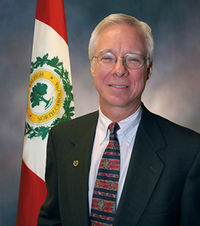 The City of Raleigh will hold elections for Mayor and City Council on October 6th. In the at-large city council race, incumbents Mary Ann Baldwin and Russ Stephenson will face Matt Tomasulo and Craig S. Ralph.
The City of Raleigh will hold elections for Mayor and City Council on October 6th. In the at-large city council race, incumbents Mary Ann Baldwin and Russ Stephenson will face Matt Tomasulo and Craig S. Ralph.